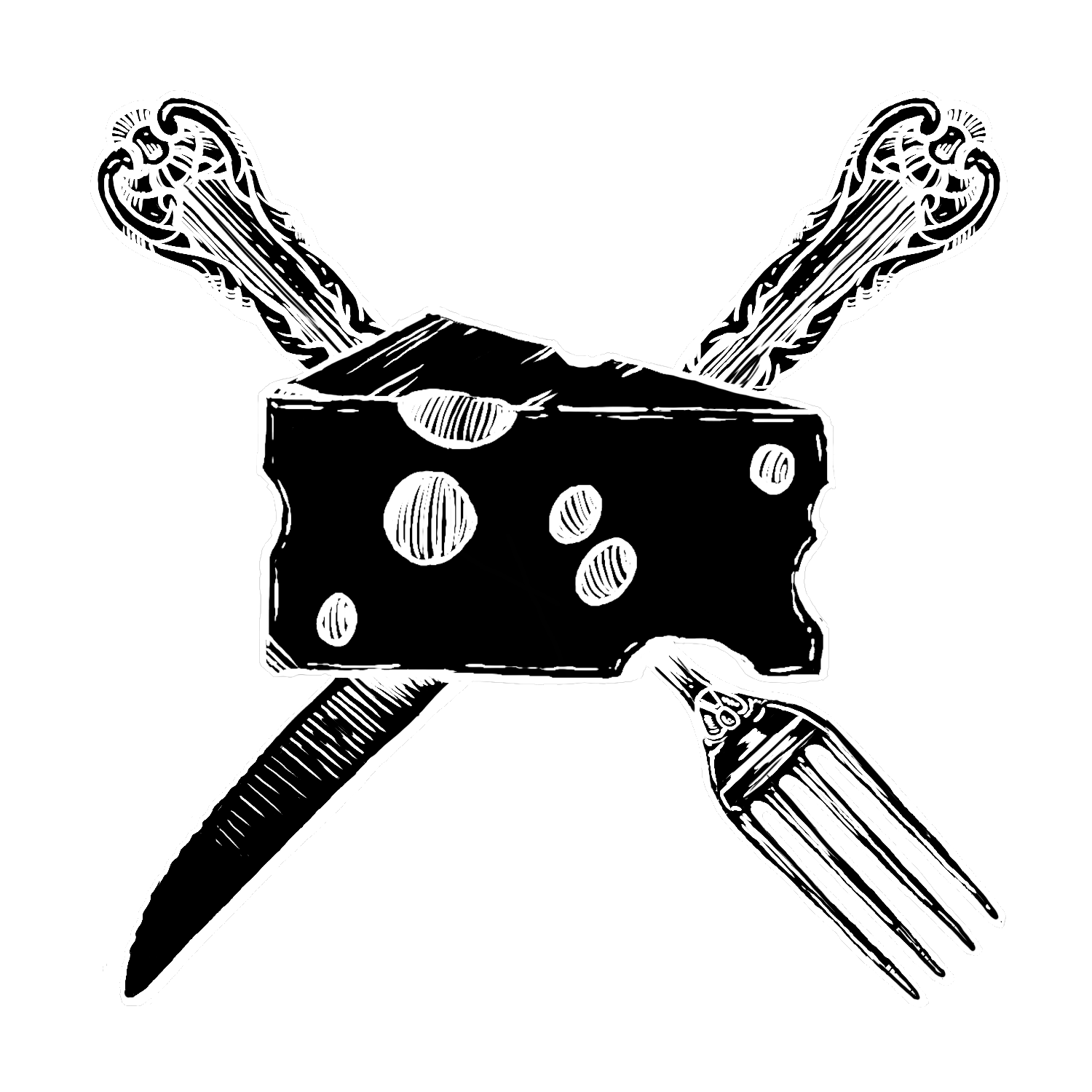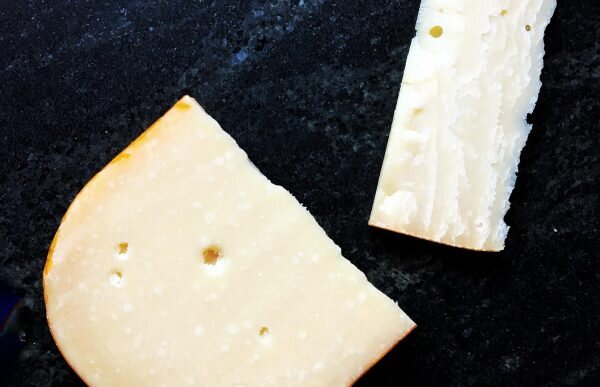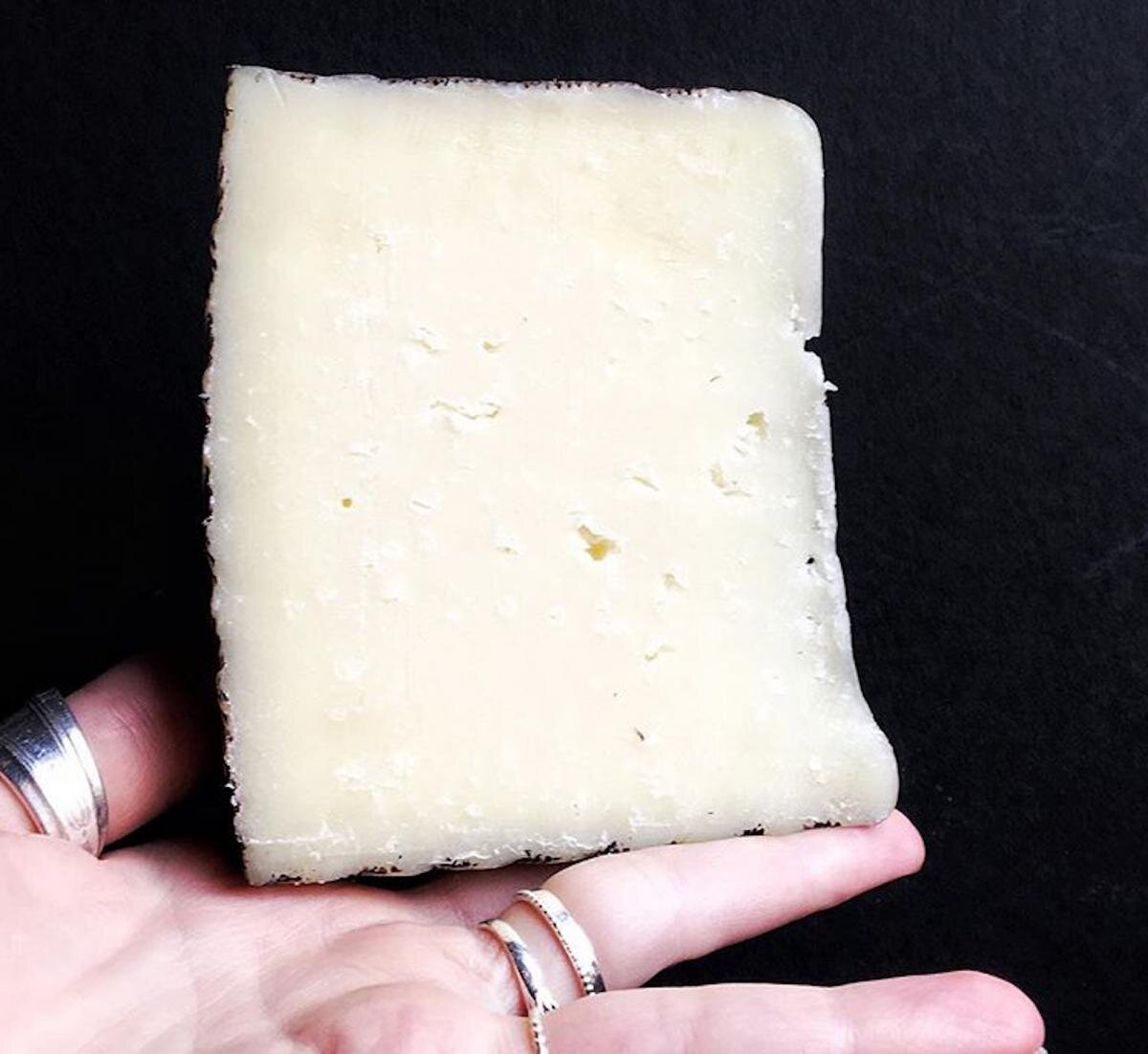How to Eat Cheese When You’re Lactose Intolerant
Yes, you can eat cheese without destroying your insides.
ATTENTION ALL LACTOSE INTOLERANT PEOPLE: YOU CAN EAT CHEESE!
A lot of people who are lactose intolerant think that they cannot eat cheese, but that is 𝙛𝙖𝙠𝙚 𝙣𝙚𝙬𝙨. Even if ice cream destroys your insides, you can still comfortably indulge in cheese on the regs. Why? Because cheesemaking converts lactose (milk sugar) into lactic acid. Any cheese aged 2 mo. or more is virtually lactose-free.
Let me show you the light, dear cheese slut. I’m here to answer all of your questions about eating cheese while lactose intolerant.
So, WTF is lactose?
Lactose is milk sugar.
…and WTF is lactose intolerance?
Lactose intolerance is when you have problems digesting the milk sugar in dairy. The lactose ferments in the small intestine, leading to uncomfortable feelings of indigestion, bloating, and worse.
Ok, so what foods have lactose?
Non-fermented, fresh dairy products, like milk and ice cream.
…and what foods don’t have lactose?
Fermented dairy products, like yogurt, kefir, and aged cheese. Butter also has very low levels of lactose, thank Cheesus.
What’s up with this lactose intolerant cheese?
Well, technically cheese still has some lactose. There are just teeny tiny trace amounts leftover that your body probably won’t notice.
But why are they low in lactose?
There are actually two reasons why cheese is safe for the lactose intolerant:
The process of cheesemaking converts lactose into lactic acid
Once a cheese is cultured, the curds (milk solids) are drained of their whey milk liquid). The whey is what contains the lactose. As the cheese ages, it leaks out even more whey.
So, can I eat ALL the cheese?
Tread lightly, my friend. Avoid processed cheeses, such as American and deli Swiss, which are blended with lactose-heavy whey to make them melt better. Also, be careful with fresh cheeses, like mozzarella and ricotta. They have more lactose than aged cheeses.
Then, what cheeses can I eat?
Start with a hard, aged cheese, such as Parmigiano Reggiano. These have virtually no lactose. Parmigiano is also made with raw milk, which has more probiotics that can improve digestion.
So, I can only eat hard cheese?
Nah, I’m just giving you a jumping off point. Start slow and steady with an ounce of hard cheese. If that goes through your body easily, try a younger cheese such as Wisconsin cheddar. If that works out, then try going even younger with a little bit of brie. See what you can handle and go from there.
But what if I’m still getting sick from this cheese?
Try an aged sheep or goat milk cheese like Spanish Manchego or Midnight Moon gouda from Cypress Grove.
And if I’m still getting sick?
Unfortunately, you might have a dairy or casein allergy and might need to avoid dairy altogether. Sorry boo.




